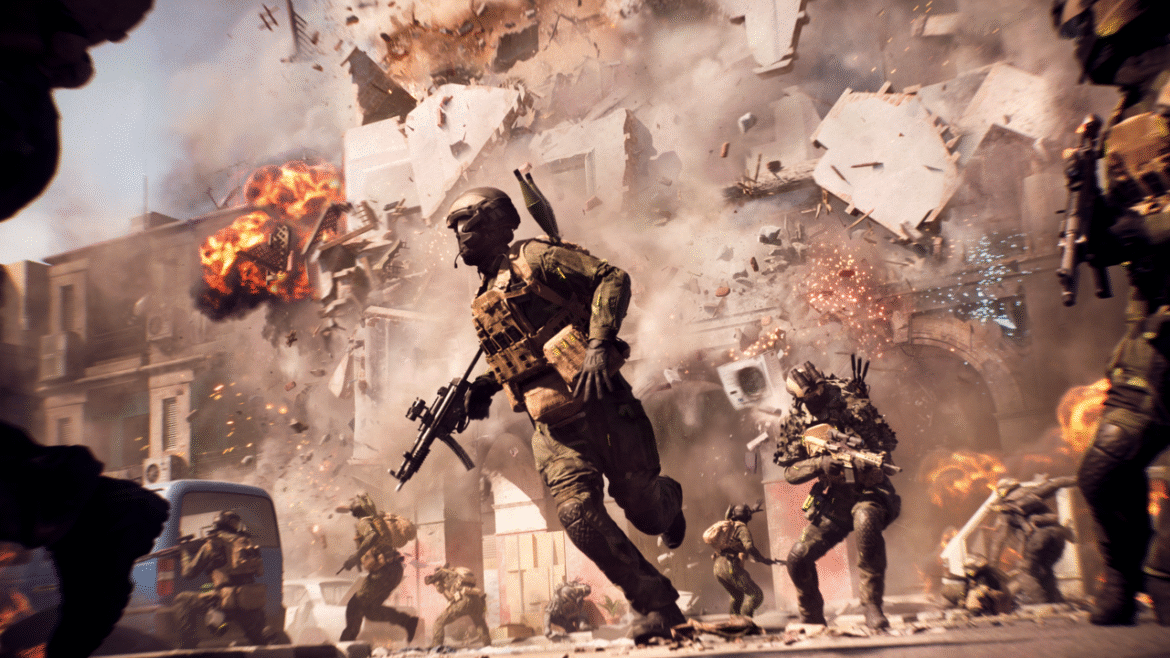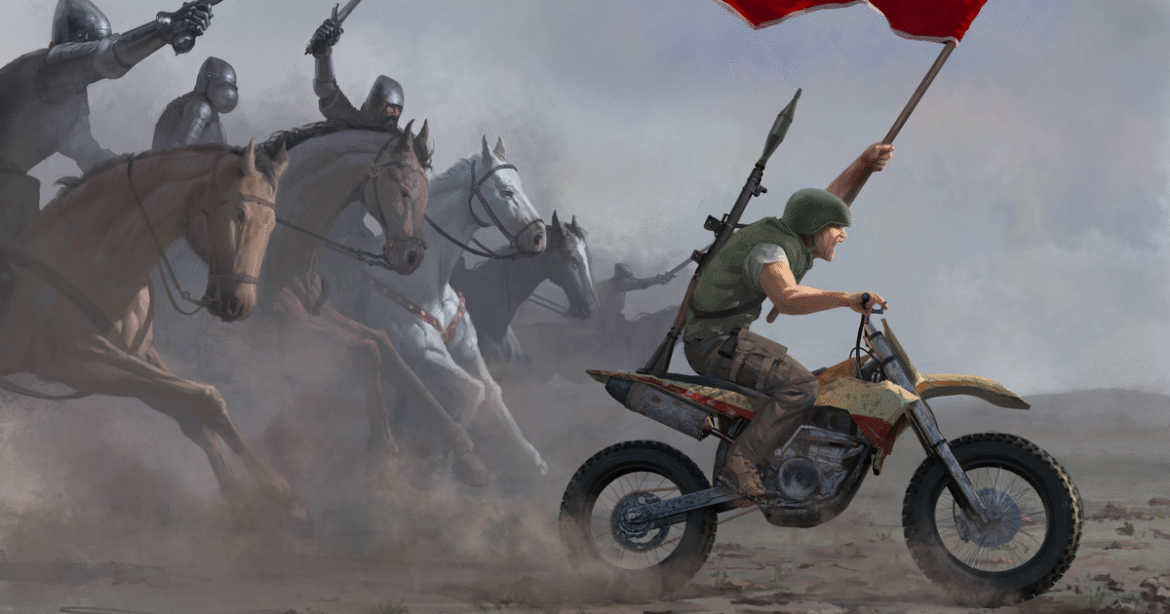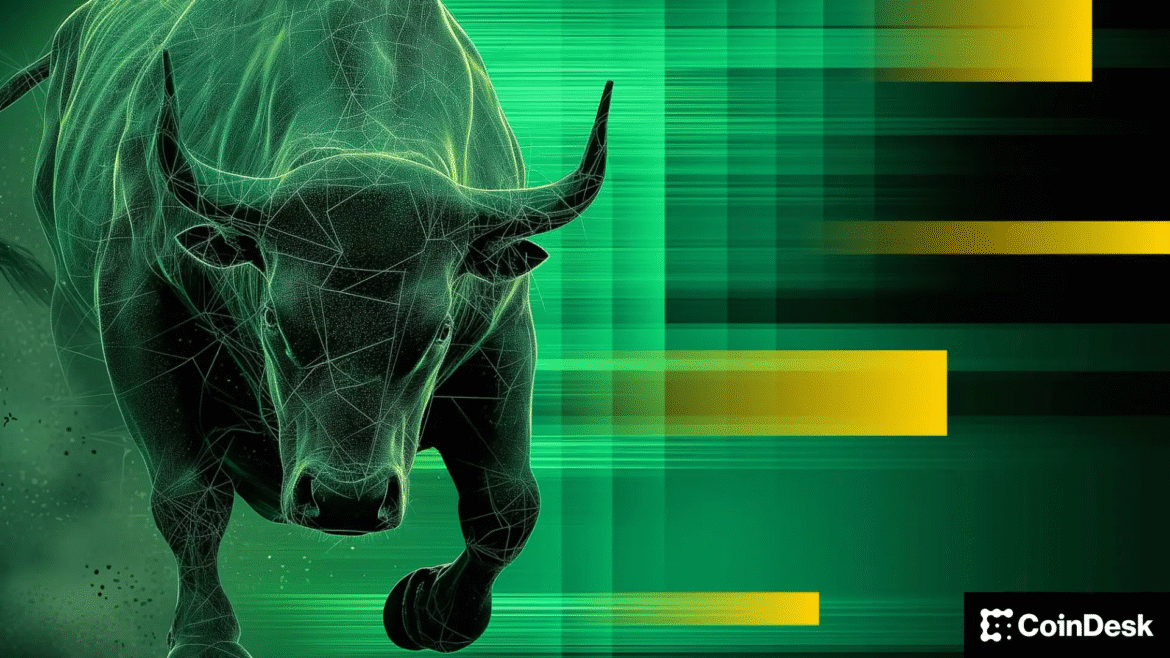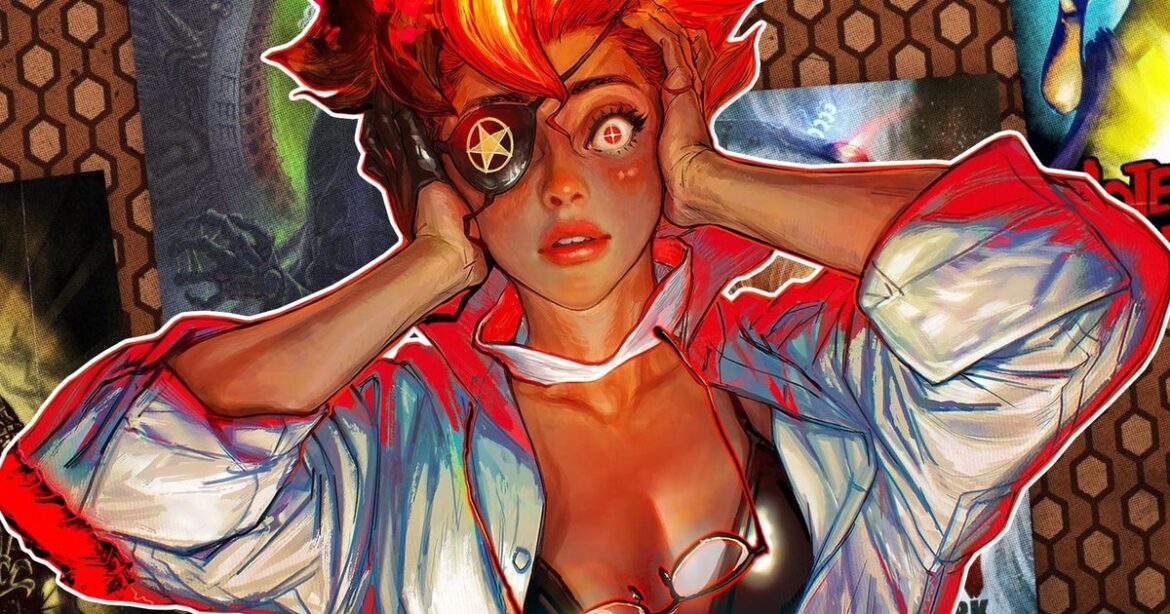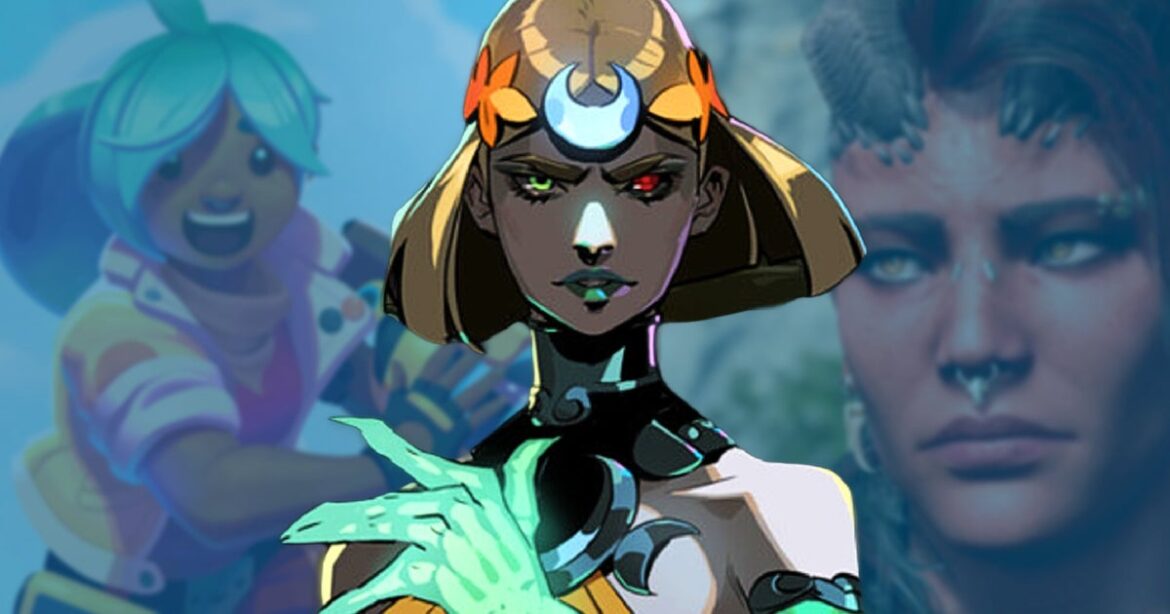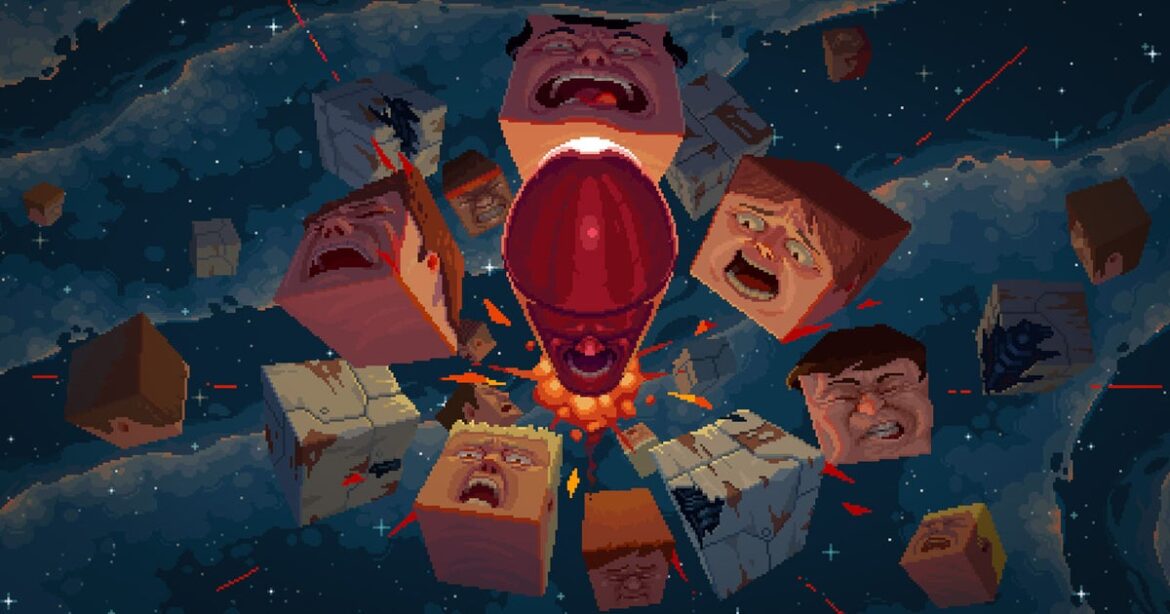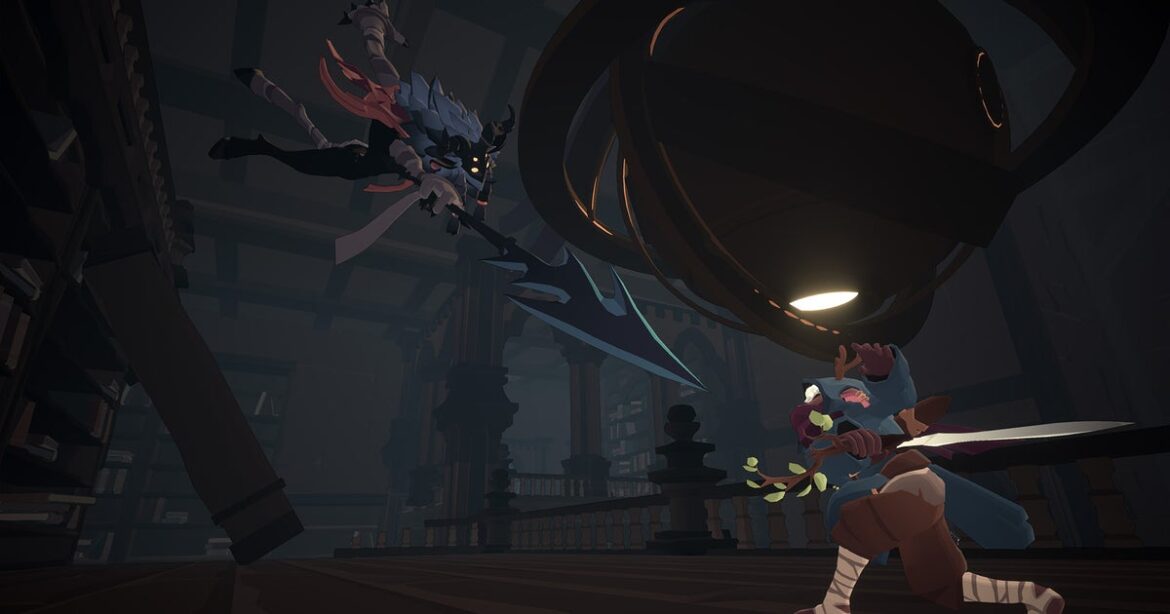At its best, Battlefield 6 is everything you could ask for from a Battlefield game. Intense, close-quarters firefights transition into long-range skirmishes as control points change hands and the action moves from the tight confines of half-destroyed buildings to open stretches of land. As fighter jets and helicopters swoop overhead, a medic pulls out a defibrillator and rushes into a hail of bullets to revive a squadmate who was just blown up trying to destroy a tank with a handful of C4.
Elsewhere, a sniper taking residence in a high-rise building is snuffed out by a well-placed RPG, blowing a hole in their nest until the entire building eventually collapses in on itself, while just a few yards away, the burnt husk of a helicopter drops out of the sky as its previous occupants parachute to the ground amidst a salvo of gunfire. Battlefield 6 is a return to form for a multiplayer shooter that thrives on emergent chaos.
Want us to remember this setting for all your devices?
Sign up or Sign in now!
Please use a html5 video capable browser to watch videos.
This video has an invalid file format.
Sorry, but you can’t access this content!
Please enter your date of birth to view this video
JanuaryFebruaryMarchAprilMayJuneJulyAugustSeptemberOctoberNovemberDecember12345678910111213141516171819202122232425262728293031Year202520242023202220212020201920182017201620152014201320122011201020092008200720062005200420032002200120001999199819971996199519941993199219911990198919881987198619851984198319821981198019791978197719761975197419731972197119701969196819671966196519641963196219611960195919581957195619551954195319521951195019491948194719461945194419431942194119401939193819371936193519341933193219311930192919281927192619251924192319221921192019191918191719161915191419131912191119101909190819071906190519041903190219011900
By clicking ‘enter’, you agree to GameSpot’s
Terms of Use and
Privacy Policy
enter
Now Playing: Battlefield 6 – Good Company (Review-In-Progress)
For myriad reasons, Battlefield 2042 didn’t evoke these moments often enough, leading Battlefield Studios–the collective name for developers DICE, Criterion, Motive, and Ripple Effect–to look to the past for the series’ future. It’s well-documented that Battlefield 3 and 4 were key inspirations in designing the series’ latest iteration, and that’s certainly reflected in how it plays. It’s a safe approach, which isn’t surprising given the negative reception to Battlefield 2042, especially when so many fans have been clamoring for a direct sequel to the series’ fourth mainline entry. As a result, there’s very little about Battlefield 6 that feels particularly fresh or new, but there’s also no denying that it’s quintessentially Battlefield. There’s still nothing else quite like its multipronged chaos, so a return to form is more than enough to get pulses racing, even if it doesn’t necessarily push the series forward.
Of course, the same sentiment doesn’t apply when referring to the game’s single-player campaign. For the most part, Battlefield’s past campaigns have been middling at best. There are standout moments–like Battlefield 3’s jet-fighter sequence and a mission focusing on the Senegalese Tirailleurs in Battlefield 5–but they’re mostly forgettable. One of the few exceptions is 2008’s Battlefield: Bad Company, partly because it successfully satirized the “Oorah” military shooters of the time.
Battlefield 6, by comparison, is one of those shooters to a tee. Full of military terminology and the kind of self-serious dialogue that reads like it was written just to be quotable, it’s an explosive, globe-trotting blockbuster that runs the gamut of expected tropes in both its narrative and mission design.
Set in 2027, the story unfolds in a near-future where the NATO alliance is on the verge of collapse. With geopolitical turmoil at the heart of the matter, several major European countries have chosen to defect from the alliance, allowing a private military corporation called Pax Armata to step into the resulting power vacuum. Pax Armata is armed with deep pockets and the latest technology, prompting countries to turn to the corporation for protection, kicking off a war against what remains of NATO’s forces. Amidst this globe-spanning conflict, you play as various members of Dagger 13, an elite squad of US Marine raiders fighting back against the formidable PMC.
It’s a potentially interesting setup, but despite the politically loaded nature of the entire premise, Battlefield 6 follows the trend of recent military shooters by being as intentionally vague as possible. Pax Armata are a nondescript enemy, filling the role of amorphous cannon fodder in the campaign while providing the game’s multiplayer with a “bad guy” faction. There’s no intent to reflect the real world or answer questions like why France is one of the countries withdrawing from NATO. It’s all shallow set dressing that negatively contributes to a run-of-the-mill story revolving around a villain you need to stop before they do something bad. The ending teases that there might be slightly more to it, but it feels like this is being saved for a sequel or narrative backdrop for a future multiplayer season, so all you’re left with is another bland and forgettable story in a series known for them.
The missions themselves don’t fare much better either. Call of Duty is the obvious comparison point, but while that series has experimented with open-ended missions and social stealth, Battlefield 6 is firmly entrenched in the same linear design of its predecessors. This isn’t an inherently bad thing, but the execution is dated and uninspired, and there isn’t a single mission that’s not overwhelmingly dull. From a night vision-equipped stealth section that’s the closest thing to being on rails without putting you on an actual track, to a standard sniper mission, obligatory tank section, and more than a few instances where you’re firing from a turret, there’s nothing here you haven’t played already, and better, in other shooters.
Gunplay is solid, impactful, and satisfying, but the enemy AI either hunkers down behind cover or charges straight at you, so the moment-to-moment action lacks any sort of dynamism. Even the game’s vaunted destruction is predominantly used just to eliminate snipers and enemy turrets.
Fortunately, Battlefield 6’s multiplayer is “Classic Battlefield” in a more positive sense. The controversial hero-shooter-style Specialists from 2042 are gone, reverting back to a familiar class system featuring four well-defined tentpoles. The Assault is a frontline fighter, breaching through walls with a grenade launcher and shrugging off explosions and flash grenades with a quick jab from an adrenaline injector. The Engineer is vital during vehicular combat, using a blowtorch to repair friendly tanks while launching attacks against enemy armor with various launchers and landmines. The Support is the squad’s medic, able to quickly revive downed soldiers and replenish everyone’s ammunition with bags of extra ammo. Finally, the Recon excels as a sniper, marking enemy units by peering down a long-range scope before landing a few headshots of their own.
You know what you’re getting with these classes, but the signature traits and specialist gadgets tied to each one also help them sing. The Support class, for instance, can lay down deployable cover, giving you something to hide behind when reviving teammates or a surface to mount your LMG on. Meanwhile, the Assault class can capture objectives faster than others and is also supplemented by gadgets–such as a ladder and breaching projectile launcher–that give you more ways to approach defended areas. There’s an enjoyable synergy behind each class and the various loadout combinations you can create, and there’s a definite sense that your individual contributions are helping the team and impacting the result of matches, even if you aren’t necessarily racking up a bunch of kills.
Each class also has a signature weapon type associated with it, providing you with various bonuses for, say, equipping a sniper rifle while playing as a Recon. Whether it’s reduced weapon sway or improved hip-fire accuracy, these buffs are palpable, incentivizing you to use certain weapon types when playing as particular classes.
In a minor shake-up to the traditional class structure, however, any class can use any weapon, unless you’re in a “closed weapon” playlist. This proves useful for completing challenges to rack up experience points from using different weapons, since you can change weapon types without having to switch to an entirely different class, but other than giving you more freedom, there aren’t any other obvious benefits. I appreciate being able to use an assault rifle instead of an SMG when playing as an Engineer, but having the ability to use any weapon with any class does somewhat dilute the class system.
As a result, signature weapon types feel like a minor addition to an otherwise familiar package, and the same is true of the game’s new movement system. Dubbed the “Kinesthetic Combat System,” this buzzword vomit essentially means you now have more control over your mobility and a few new tactical options when opening fire.
Aside from being able to mount your weapon and lean around corners, the most interesting impact of this reworked system is on your movement. Being able to sprint while crouching is especially useful on Battlefield’s large-scale maps, and grabbing a wounded buddy and dragging them to safety through a barrage of enemy gunfire makes for some hilariously cinematic moments. It’s nothing groundbreaking, but for a game that’s aping past glories, small wrinkles like this move the needle towards establishing an identity.
I want to spend some time on fully populated servers before sharing my full impressions of the game’s various modes and maps. So far, it excels where you would expect it to, with classic, large-scale objective modes like Conquest and Rush being the highlights. Truncated modes such as Team Deathmatch and King of the Hill still feel like square pegs in a round hole, essentially stripping away much of what makes Battlefield click–but they’re easy to avoid. There are still a few maps I’m not overly familiar with yet, but the map selection seems pretty strong across the board, offering intense chokepoints through narrow city streets, undulating terrain perfect for vehicular warfare, and plenty of battlegrounds for infantry skirmishes. Check back next week for the final review.

